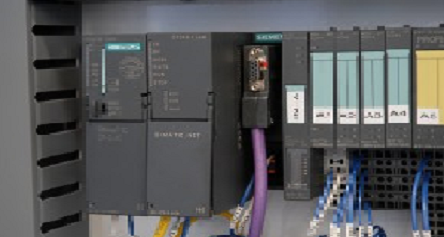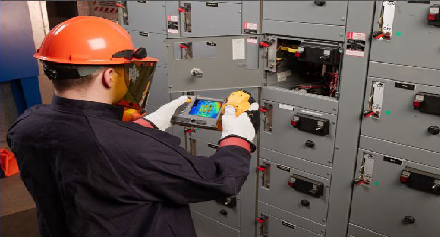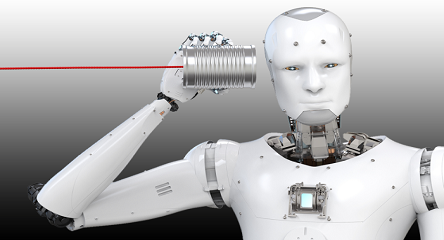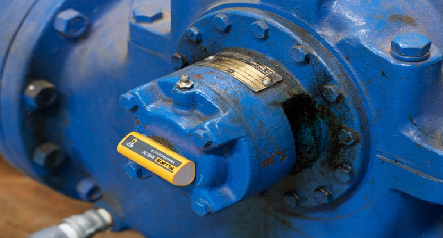Asset and oil conditions must be monitored regularly
Asset reliability must be supported by an effective condition monitoring program to maintain the working condition of critical equipment. In the past, preventive maintenance meant calculating the expected lifespan of an asset to determine a lubrication schedule. This simple math might have been a step up from reactive maintenance procedures, but it does not take advantage of recent trends in facility technology and best practices.
In addition to monitoring an asset’s functionality, maintenance stakeholders must also be able to assess the condition of the various lubricants used throughout the facility. This is a challenge because oil conditions are directly influenced by a number of factors, including temperature, humidity, phosphorus levels and others.
For example, identical assets may have varying lubrication needs depending on their location within the facility, their proximity to heat sources, their average daily use rates, overall age and other factors. Stakeholders must have a system in place for recording and monitoring all of these variables to ensure maximum functionality and optimal resource usage. Combining human expertise with machine-powered analysis can greatly increase the efficacy of the lubrication program.
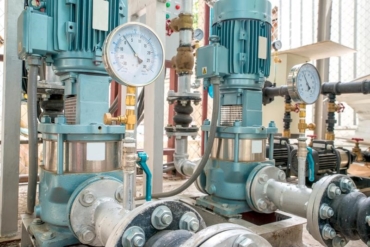 Effective condition monitoring engages ultrasound, thermal and visual assessment technologies.
Effective condition monitoring engages ultrasound, thermal and visual assessment technologies.
Stakeholders must understand asset failure modes
Anyone who has ever owned and maintained a personal vehicle for more than a decade understands that each piece of equipment has its own unique quirks and maintenance needs. When lending the car to a friend, a dedicated owner might offer tips on how to treat the vehicle in specific conditions. Maybe the anti-lock breaks are sensitive or the engine idles rough in a certain gear.
Imagine if all maintenance personnel at a facility had an intimate knowledge of every asset as they do their own personal vehicles. Now imagine if they were able to pass down that detailed knowledge to the next generation of maintenance professionals without losing a single piece of important data along the way. That’s the goal of modern condition monitoring programs: A detailed, data-driven approach to asset failure mode prediction and prevention.
For example, maintenance stakeholders should know the optimal oil temperature and viscosity levels for each piece of equipment. Additionally, they should understand how these needs may change as the assets age, and have a program in place to adjust lubrication specifics as needed.
Sensor technology can optimize asset lubrication schedules
To obtain a detailed understanding of asset conditions and lubrication needs, maintenance personnel require technology that is sensitive enough to identify the minute signals of impending failure.
Take a squeaking wheel, for instance. The irritating noise is enough to alert even a layperson of the need for lubrication. Someone who spends a lot of time around the wheel might be able to identify squeaking before anyone else notices. Ultrasound sensors take this concept a step further: they can identify high-frequency signals that indicate deteriorating conditions well before a human ear could pick them up, let alone in a noisy industrial environment.
Facility maintenance stakeholders can use ultrasound probes during scheduled inspections to better understand the condition of each asset. Likewise, remote ultrasound sensors offer 24/7 monitoring capabilities that can help stakeholders develop optimized lubrication schedules. Used in conjunction with other technologies like thermal sensors and boroscope visualization, ultrasound technology supports a comprehensive condition monitoring strategy and greatly improves the opportunities for maintaining the working order of aging assets.
Developing a comprehensive understanding of lubrication best practices as they concern aging assets takes time and experience.



